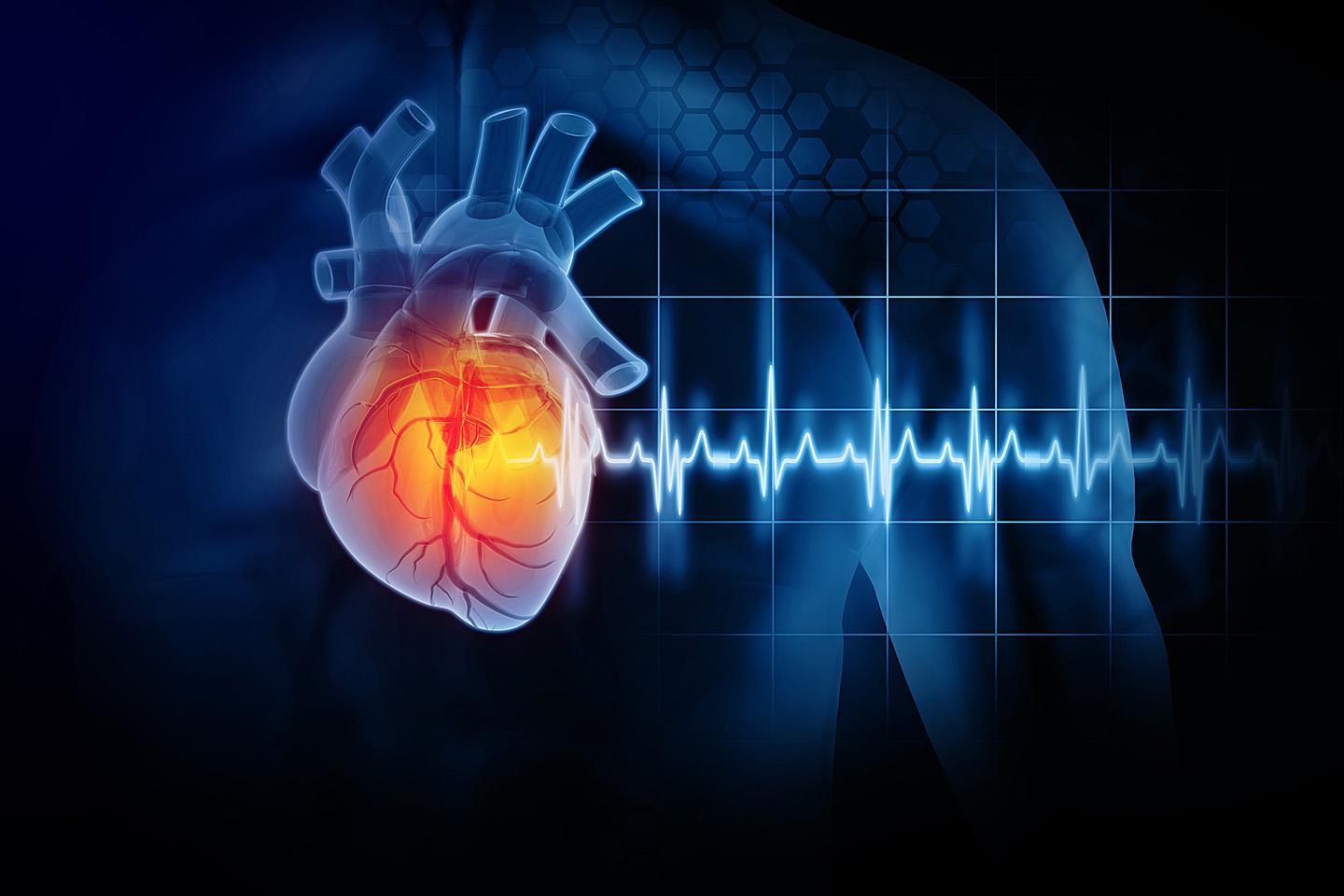‘Digital twins’ of patients’ hearts harness personal genetics to inform disease management

A team of computational and clinical researchers from Johns Hopkins University has developed a ‘genotype-specific digital-twin’ strategy, nicknamed Geno-DT, to create a virtual replica of a patient’s heart, providing crucial insights into cardiac health for the diagnosis and treatment of arrhythmogenic right ventricular cardiomyopathy (ARVC).
The research, published in eLife, describes how the authors created a 3D-digital replica of a patient’s heart to inform tailored treatments against ARVC that are based on the genetics of the individual patient.
“Our novel Geno-DT approach has the potential to augment therapeutic precision in the clinical setting and lead to more personalized management strategies for ARVC,” said senior author Natalia Trayanova, a professor of biomedical engineering and co-director of the university’s Alliance for Cardiovascular Diagnostic and Treatment Innovation. “As our understanding of the genetic variations underlying cardiovascular diseases in humans continues to evolve, Geno-DT could provide a generalized framework to integrate clinical data and improve precision healthcare for each individual patient.”
The study represents a collaborative effort between engineers from the Trayanova lab and clinical geneticists and electrophysiologists from the ARVC research group at Johns Hopkins Hospital, led by cardiologist Hugh Calkins.
ARVC is an inherited disease of the heart that affects about one in 1,000 people—mostly young adults. ARVC can lead to ventricular tachycardia (VT), a disordered heart rhythm that can be life threatening and is associated with approximately 10% of sudden death cases in people under 65 years old.
Most ARVC cases are linked to mutations in desmosomal genes—a group of genes encoding proteins that form and maintain specialized junctions between cells in the heart and other tissues. Pathogenic variants in the gene Plakophilin-2 (PKP2) cause distorted electrical conductions in the heart and are the most common source of ARVC, accounting for 60% to 78% of patients with known genetic variants. However, roughly a third of ARVC patients do not have a known causal pathogenic variant, known as gene-elusive ARVC.
“The standard treatment for VTs caused by ARVC is catheter ablation, which delivers energy to disrupt the abnormal heart rhythms. However, difficulties in determining the locations of VTs in the heart mean that ablation in ARVC is not always effective, and VTs often recur,” says lead author Yingnan Zhang, a PhD candidate in Trayanova’s lab. “If all VT circuits could be located and defined prior to treatment with catheter ablation, the effectiveness of the procedure could be significantly increased.”
To address the challenge of locating VTs in ARVC patients, Zhang and colleagues developed Geno-DT, a state-of-the-art method for creating a ‘genotype-specific digital twin’ of an individual patient’s heart.
The team says this virtual heart tool can be used to inform diagnosis, treatment planning, and predictive analysis of ARVC in a clinical setting. What makes their Geno-DT approach unique is that it is tailored to the individual patient by integrating two types of clinical data: how the patient’s heart structure may have been remodeled by the disease, and the genetic cause of the patient’s ARVC.
To validate the effectiveness of Geno-DT, the team conducted a retrospective study of 16 ARVC patients. Half of them had PKP2 loss-of-function variants, and half had gene-elusive ARVC. The authors created digital twins for each of the patients to analyze the initiation of VTs and better understand the mechanisms that underlie the improper heart rhythms observed in ARVC. Their objective was to understand the role of variations in a person’s heart structure or electrical activity in the development and maintenance of VTs.
The researchers used Geno-DT to predict the possible locations of VTs in the patients’ heart twins. They then verified the accuracy of these predictions by comparing them with the locations of VTs that were clinically observed in the patients’ hearts. The overlap in locations confirmed that Geno-DT can predict VT locations in PKP2 and gene-elusive ARVC with high sensitivity, specificity, and accuracy, and in a non-invasive manner.
“Geno-DT could therefore potentially be used in a clinical setting to identify the ideal candidate locations for catheter ablations, saving time during the procedure and reducing the likelihood of recurrence,” said Trayanova.
Furthermore, the results revealed that the underlying mechanisms behind VTs in ARVC patients differ based on the genetic cause. In gene-elusive ARVC patients, VTs were primarily induced by fibrotic remodeling—thickening or scarring of the heart tissue caused by the disease. On the other hand, in PKP2 ARVC, VTs were mostly caused by slowed conduction of electrical signals and changes to the electrical properties of heart tissue. Team members say that this finding underscores the importance of tailoring treatments against ARVC to the needs of each patient, based on their personal genetics and the physiological structure of their heart.
The researchers caution that the findings are limited by the study’s small sample size and say it will be important to analyze results with a larger group to validate the statistical significance of their results. They suggest that future studies should also consider other genetic sources of ARVC.
Additional Johns Hopkins contributors include Kelly Zhang, Adityo Prakosa, and Eric Sung from the Department of Biomedical Engineering; Cynthia James, Richard Carrick, Alessio Gasperetti, Crystal Tichnell, and Brittney Murray from the Division of Cardiology; and Stefan L Zimmerman from the Departent of Radiology and Radiological Science.
